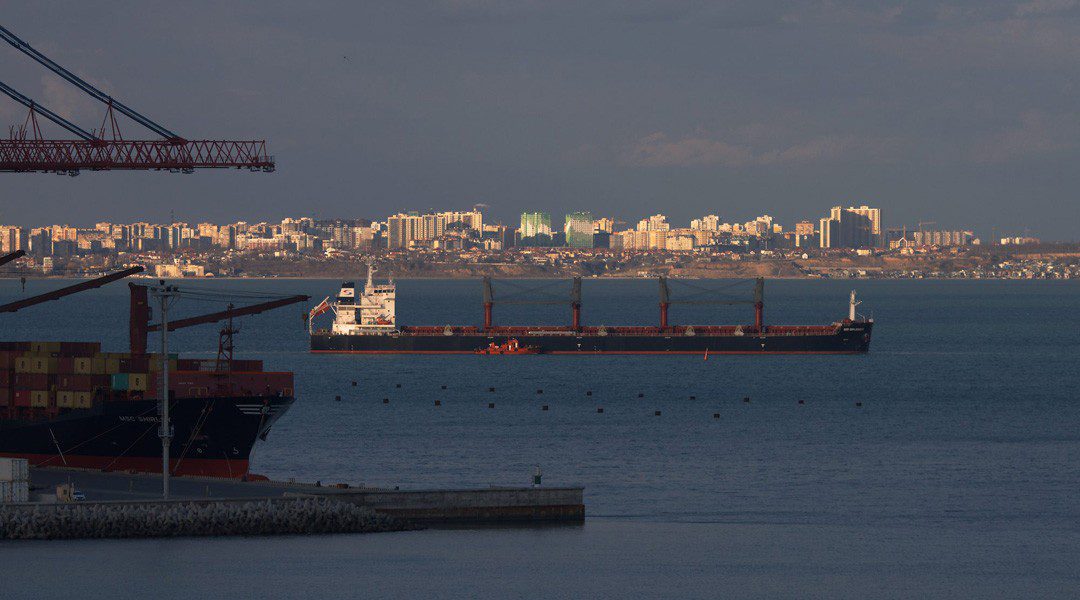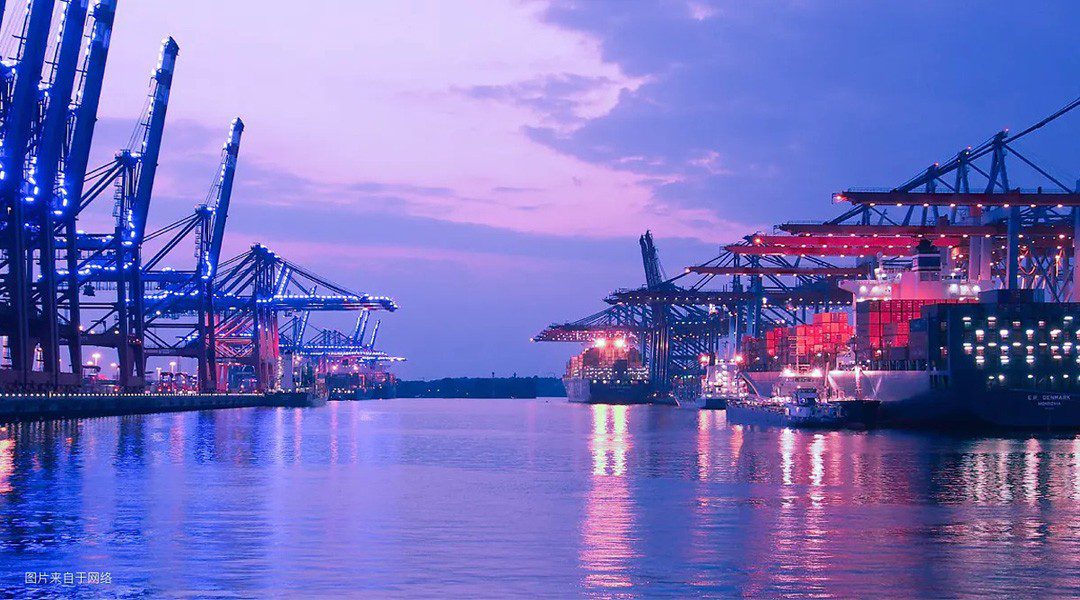Through its twelfth Request For Technical Support (RFTS), the U.S. Testing Expertise and Access to Marine Energy Research (TEAMER) program has funded eleven projects with a total of over $1.1 million.
 Source: TEAMER project
Source: TEAMER project
Selected technical support recipients (TSRs) will receive help for testing expertise and access to numerical modeling, laboratory or bench testing, and /flume testing through the TEAMER Facility Network.
Once selected, applicants, along with their supporting facility, must submit their completed test plans before assistance activities can begin.
TEAMER, funded by the U.S. Department of Energy and overseen by the Pacific Ocean Energy Trust, accelerates the development of marine renewables by granting access to top facilities and expertise nationwide. Its goal is to address crucial challenges, advance knowledge, stimulate innovation, and promote commercialization in this field.
Applications for RFTS 13 are being accepted until June 28, 2024.
The selected projects
xWave – ABS Path to Certification – Prototype Validation Stage
Under RFTS 3, the American Bureau of Shipping (ABS) conducted assessments of CalWave’s xWave system, focusing on its concept feasibility and verification stages. Now, the project aims to continue the new technology qualification (NTQ) process with ABS during the prototype validation stage.
This review includes engineering design documentation, numerical modeling, multiple rounds of wave tank testing and power take-off (PTO) bench testing, and anchoring and mooring design and logistics planning documents.
The goal is to demonstrate a path to certification through the ABS NTQ process. Certification is crucial for securing project financing, obtaining insurance, and enabling commercial deployments of marine energy systems.
CalWave Power Technologies will be using the American Bureau of Shipping facility for the needs of this project.
Optimization of a Wave Power System (WPS) Structure and Interfaces for Generator Integration
This project aims to explore optimal design strategies for integrating a new segmented, direct-drive permanent magnet generator (PMG) into a utility-scale wave power system (WPS).
The goal is to develop a design that minimizes structural mass and manufacturing costs, while ensuring compliance with requirements for ultimate and fatigue strength, as well as generator airgap control.
Key metrics for assessing the impact of the design include mass reduction, capital expense reduction, power performance improvement, and enhancement of the power-to-weight ratio, all compared to the current WPS baseline design.
The findings from this investigation will be used to optimize C-Power’s StingRAY WPS and contribute to the advancement of generator integration design practices across the marine energy industry.
C-Power will be using the Cardinal Engineering facility for the needs of this project.
Riverine Hydrokinetics Torsional Cable Testing
UAF will supply a torsional cable test article to ETA for conducting long-term axial and torsional stress testing on a rig at their facility.
The cable will be submerged in water and subjected to time-varying torsional and axial loads generated by hydraulic actuators. These loads will be based on field testing data, aiming to replicate approximately 27 months of field operations.
The collected data will offer insights into the evolution of torsional cable stiffness over repeated cycles and facilitate the validation of cable structural models.
The University of Alaska Fairbanks will be using the ETA International facility for the needs of this project.
Mid-Fidelity Numerical Modeling Approach for Two-Stage Ocean Current Turbines
The Equinox Ocean Current turbine introduces a novel two-stage design for efficient power generation at low water velocities. This design reduces power take-off costs and simplifies mooring solutions.
However, existing modeling tools cannot directly analyze or optimize this unique design due to its complex interactions between the main rotor and tip turbines. This project seeks to adapt and fine-tune mid-fidelity modeling tools such as OpenFAST and associated libraries to capture these interactions, thus creating a robust modeling approach.
Equinox Ocean Turbines BV will be using the National Renewable Energy Laboratory facility for the needs of this project.
Resource Characterization for Community Scale Tidal Instream Energy in Maine
This project aims to assess tidal instream resources along the Maine coast suitable for community-scale tidal power generation, approximately 1 MW or less. Unlike previous studies focusing on larger-scale tidal flow sites, this study will examine smaller tidal flow sites.
These sites have the potential to provide the energy needs of isolated coastal communities. The methods developed in this study could be applied to evaluate additional community-scale sites along the Maine coast and other remote coastal regions.
Furthermore, the project aims to demonstrate that existing marine energy turbine technology can effectively generate electricity at these community-scale sites.
Tide Mill Institute will be using the Pacific Northwest National Laboratory facility for the needs of this project.
Wave-to-Wire Numerical Model of the Neowave Point Absorber WEC
The Neowave WEC is designed as a simple point absorber utilizing commercial parts and recyclable materials. Its manufacturing and assembly processes are tailored to traditional methods available in developing countries, enhancing accessibility for remote communities.
The initial design phase focused on fundamental principles, determining system parameters such as geometry, forces, flow rates, and energy potential. Based on the calculations, a functional prototype at the 1:30 scale was fabricated getting a TRL 3.
The next Neowave’s research step is to create a reliable numerical model for the point absorber WEC. This model will be instrumental in assessing and demonstrating Neowave’s capability for wave energy generation.
Neowave Energy will be using the WEC-Sim facility for the needs of this project.
Dynamic Power Response Testing for Tethered Coaxial Hydrokinetic Turbines
Marine hydrokinetic (MHK) energy technologies harness energy from ocean currents, tidal flows, and river currents. Tethered coaxial turbines (TCTs) use two sets of turbine blades connected to a single generator to capture energy from incoming flow.
A flexible tether cable moors the turbine to the seafloor and transmits power to shore. TCTs require fewer components and less structure compared to turbines of similar power, reducing material and deployment costs.
This TEAMER application aims to test a prototype TCT developed by North Carolina State University in the NSWC Carderock Deep Water Tow Basin to demonstrate optimal control of turbine operation for maximizing power output.
North Carolina State University will be using the Navy Surface Warfare Center Carderock Division facility for the needs of this project.
Heterogeneous WEC Array Interactions and Far-Field Wake Effects
The Cornell SEA Lab requested TEAMER funding to conduct tests on a wave energy converter (WEC) array consisting of scaled prototypes of heaving point absorbers and oscillating surge WECs.
These tests will explore various array configurations to study wake effects, body motion, the benefits of heterogeneous arrays, and individualized controls. Preliminary numerical array simulations and energy balance wave propagation models have been developed, with ongoing work to refine them.
These experiments aim to validate the numerical models and provide open-source experimental array data, which is currently limited. The Oregon State Directional Wave Basin is required for these experiments, particularly to quantify wave height reduction in the far-field.
Cornell University will be using the Oregon State Directional Wave Basin facility for the needs of this project.
Wave-Actuated, Tethered, Emergency Response Buoyant Reverse Osmosis System
The Water Bros Desalination Buoy offers a cost-effective, easily deployable solution for coastal community water security, eliminating the need for expensive fossil fuel resources.
Water Bros Desalination is collaborating with the Department of Energy, North Carolina universities, the North Carolina Department of Natural and Cultural Resources, and TEAMER to scale up and advance the technology to address global water needs.
Water Bros Desalination will be using the Oregon State University O.H. Hinsdale Wave Research Laboratory Directional Wave Basin facility for the needs of this project.
xWave Scaled PacWave Operations Final Wave Tank Testing
Under RFTS 12, CalWave plans to conduct a ten-day wave tank testing campaign at the W2 basin at UMaine. A 1:20 scale device model, resembling CalWave’s final design for the xWave system, will be utilized.
The objective is to generate a comprehensive dataset for validating load and performance estimates. Additionally, this dataset will serve as a final comparison set for tank testing operations at PacWave.
CalWave Power Technologies will be using the University of Maine – Advanced Structures & Composites Center – Alfond W2 Ocean Engineering Lab facility for the needs of this project.
Open-Source Dataset of Added-Mass Coefficient for Validating Hydrokinetic Turbine Model Using Wave-Basin Testing
Currently, there is a lack of open-source tools for modeling MHK turbines. NREL’s OpenFAST has been enhancing its features to support axial-flow marine turbines, including added-mass effect, buoyancy, wave-current coupling, and inertia effect.
However, these features require validation against experimental data. This proposal aims to generate an open-source dataset for the added-mass effect of marine turbines using wave-basin data.
The project involves conducting forced oscillation experiments for selected airfoil sections across various Keulegan-Carpenter (KC) numbers. The experiment data will be made publicly available to the broader R&D community upon project completion.
National Renewable Energy Laboratory will be using the University of Massachusetts Amherst – ORRE Wave-Current Flume facility for the needs of this project.
In January 2024, the TEAMER program approved funding totaling nearly $1.3 million for ten projects under its eleventh RFTS.



